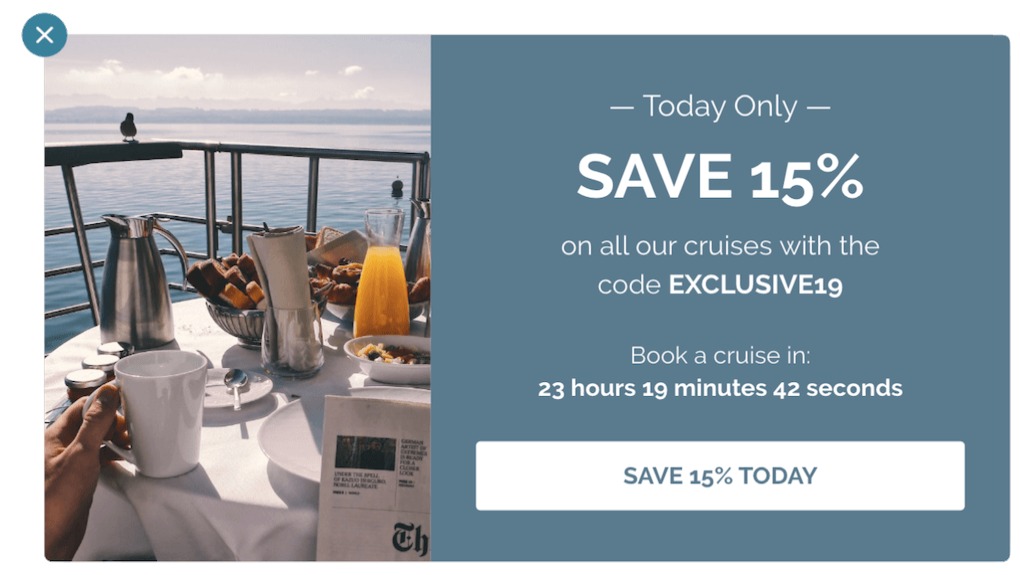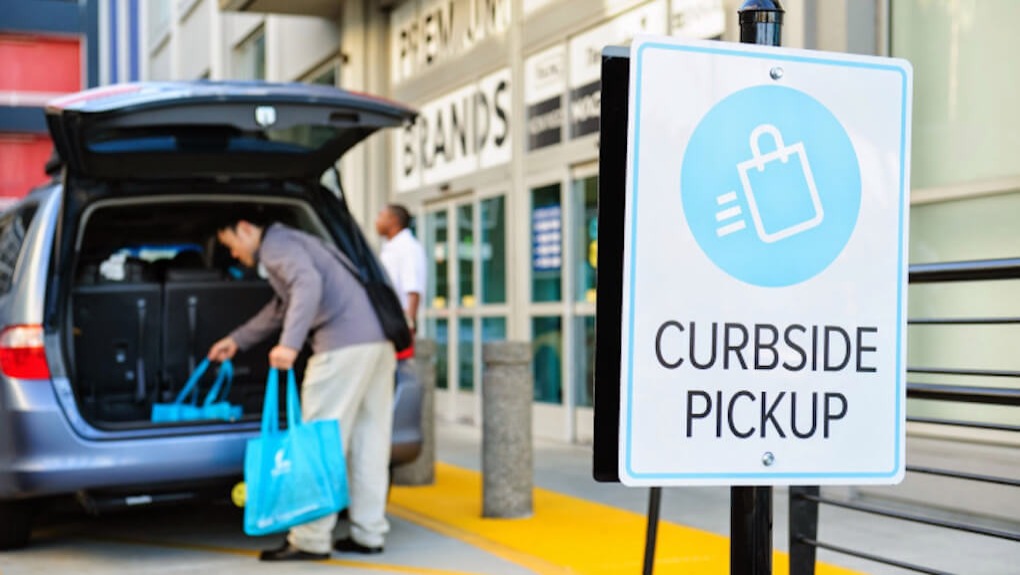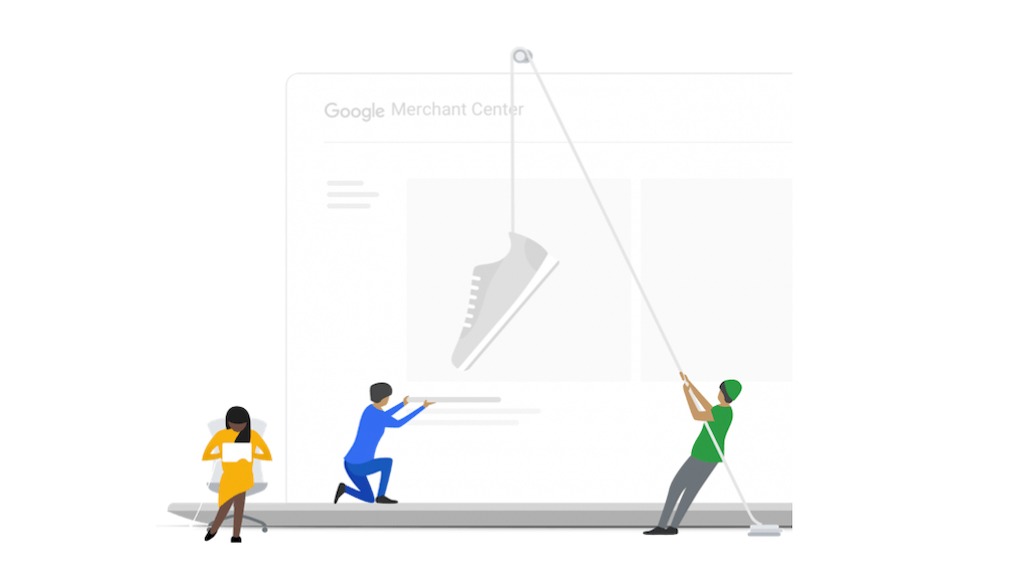
It’s never too early to start thinking about your marketing strategy for the holiday season.
Black Friday and Cyber Monday are the Wild West for eCommerce marketers and shop owners. You’ve got to buckle down, get a plan in place, and arm yourself with data, strategy, and trend predictions. And, do it before the holiday season gets the drop on you.
You’ve come to the right place, partner.
In this blog post, we'll be discussing some of the top marketing trends and strategies that are expected to dominate the holiday season in 2022. Let’s conquer this frontier!
With anti-consumerism and climate change at the forefront of peoples’ minds, Black Friday came under fire in 2021. Last year, boycotts for Black Friday and brands running anti-Black Friday campaigns ran across the digital landscape. But, it did little to slow Black Friday down.
Still, if your brand has an anti-waste or eco-friendly ethos, you may want to consider an anti-Black Friday campaign. Deciem, for example, took this stance in a way that combated the frenzy of impulse-driven purchases while still offering their customers incentives. They extended their Black Friday sale into the entire month of November, calling it ‘Slowvember’ and asking people to choose products with intention.
Additionally, this year there will be no hoards of shoppers queuing up early outside the stores — one of Black Friday’s most notorious traits. Stores will either remain shut or have strict safety measures in place due to COVID-19. Big names like Walmart have announced their doors will be closed for Black Friday, giving their employees a much-needed break after a trying year. Instead, we will see a jump in online sales, something that has been increasing over the last few years — even without a pandemic’s influence.

Make your decision whether to participate in the holiday sales this year or take an anti-consumerism stance based on your brand’s values. Whichever you decide, it must align with your ethos through and through.
Make sure that whatever campaigns you run, you keep an eye on your bottom line and ROAS and optimize where possible so that your business stays healthy.
Let's think about last year. We've had an impending recession and inflation hikes.
These have led to consumers being mindful about where their money goes. People have long been driven by monetary value, especially when it comes to the holiday season.
With less cash flow, folks are putting emphasis on how far a dollar can go. They’re prioritizing essentials over entertainment.

Now, consumers are purchasing products that have value not only from a monetary standpoint but also from an essential standpoint. The question "Do I really need this?" will be at the forefront of many consumers' minds. And, without in-store spur-of-the-moment purchases that catch a consumer's eye as they're standing in line or browsing for other goods, eCommerce retailers may be at a disadvantage in selling non-essential items.
You can increase the value of your product by bundling it with another product or service that complements its use: such as a loungewear jumpsuit with a blanket, or popcorn and dental floss — whatever your industry. Your eCommerce marketing strategy can entice consumers by offering a certain percentage off when the products are bought together.
For eCommerce retailers looking to recreate spontaneous in-store purchases, consider using loss aversion or urgency in your sales tactics. Have a visible countdown on sales items or use urgent “sale ends soon!” messaging.
You can also get creative with your pop-ups. To mimic those waiting-in-line sales, try using a pop-up once someone adds an item to their cart that suggests another, cost-effective item. If you can use complementing products — like makeup remover with the purchase of foundation — do so here.
Highlight your brand values. Do you support charitable causes? Are you committed to only sourcing eco-friendly materials? Give your customers a reason to purchase outside of the value of your product.

Consumer motivation will continue on the value-driven trajectory for the holiday season. They will be looking for essential products that can offer them value while considering their past loyalty to name brands less.
All of this — loyalty, monetary value, and the essential nature of products — coupled with an increase in value-driven motivation when purchasing creates an interesting niche in the marketplace.
This willingness to spend more on a product that aligns with a consumer’s values can cover any number of issues, ranging from environmental sustainability and social justice to supporting the local economy. Native, for example, noticed an uptick of 900% in customer demand for non-plastic packaging. Listening to their consumers, Native released a limited run of their most popular scented deodorant with paper-based packaging. The initial 200 units sold out in 36 hours.
Other brands are revolutionizing the way we think about fast fashion. Our client Tidal touts their sustainable and socially-conscious flip flop line. The shoes are not only built from plants; they’re built to last. Their veteran program means that 70% of their factory workers are US veterans and, with fair wages and career-focused employment paths, you can feel good about supporting them.

The New York company states they are “staying local, reducing waste and hiring veterans” to make an impact. Their product intentionally does not align with the typical seasonality and trend movements of fast fashion — ones that are often to blame for non-compostable products ending up in landfills.
Brand value alignment is nothing new; however, what those values are may have shifted in recent years. People are factoring in the positive effects of their purchase to the point where they're willing to pay more for a product that supports a cause than a cost-effective product that doesn't. If your brand is genuinely committed to the cause it supports, don't be afraid to let people know. Make sure you dedicate the promotion of that messaging in your eCommerce marketing strategy.
If you can fit your product into a niche of "essential, value-driven product with a monetary reward," then you need to tell people how it hits those points in your messaging.
While eCommerce is at its peak, we see that contactless service — like curbside pickups — continues to be popular. And buying and selling on social media apps provides a frictionless experience for the consumer. They can purchase while in browsing mode without having to leave the app.

With these options becoming universally available, consumers will expect more from their experience with your brand. To be competitive, think about how your omnichannel retail experience works in action.
Conduct an internal audit before the holiday season on your customers’ many touch points. Are they finding your product on a banner ad, browsing reviews on Facebook, utilizing a coupon code promoted on Instagram, purchasing on your website, and then grabbing it curbside the next day?
Do all of these touch points work together to provide a seamless experience? Make sure you find the holes in your omnichannel strategy before holiday season traffic.
Or, are customers seeing an ad for your product on Instagram, heading to your page, then purchasing in-app? If so, this might tell you it’s time to invest more into your Instagram marketing efforts.
Prioritize your mobile website, especially in regard to functionality. Expect customers to interact and purchase your products on mobile. If you can offer an easy and intuitive experience, you can expect higher conversion rates. Bonus points if you can design your mobile site to support all of your consumer's potential touchpoints.
Of course, it goes without saying (but we’ll say it anyway): Make sure your business offers online sales everywhere and make sure those channels are telling the same story. Make it easy for your consumer to purchase your product. Are you utilizing Surfaces Across Google, a free Merchant Center program? How about Facebook and Instagram’s many conversion-focused ad types? If you need help setting up a platform that works for you, we’re here to help.

With eCommerce taking center stage this holiday season, it is crucial that your online store is set up for success. Make sure you have a seamless user experience and have eCommerce marketing strategies involving the likes of pixels, cookies, and abandoned cart workflows to help encourage sales. Plus don’t overlook your website’s capacity. Make sure your hosting provider can handle the amount of traffic you aim to direct to your site so that it doesn’t crash — and cost you thousands in lost sales.
Pro tip: Also, make sure you attribute any offline conversions back to the right channels to gain more accurate ROI and ROAS metrics. Using Google’s Offline Conversion Tracking feature, you can trace a phone or in-store purchase back to the first digital touchpoint.
Despite the changes in consumer behavior, the holiday season is inevitable. Your organization should create a solid eCommerce marketing strategy now that addresses how they will adapt to the shifting landscape. And, as always, we are happy to help.
The more I learn, the less I know, and the more I want to learn.
Receive exclusive action-focused content and the latest marketing insights.